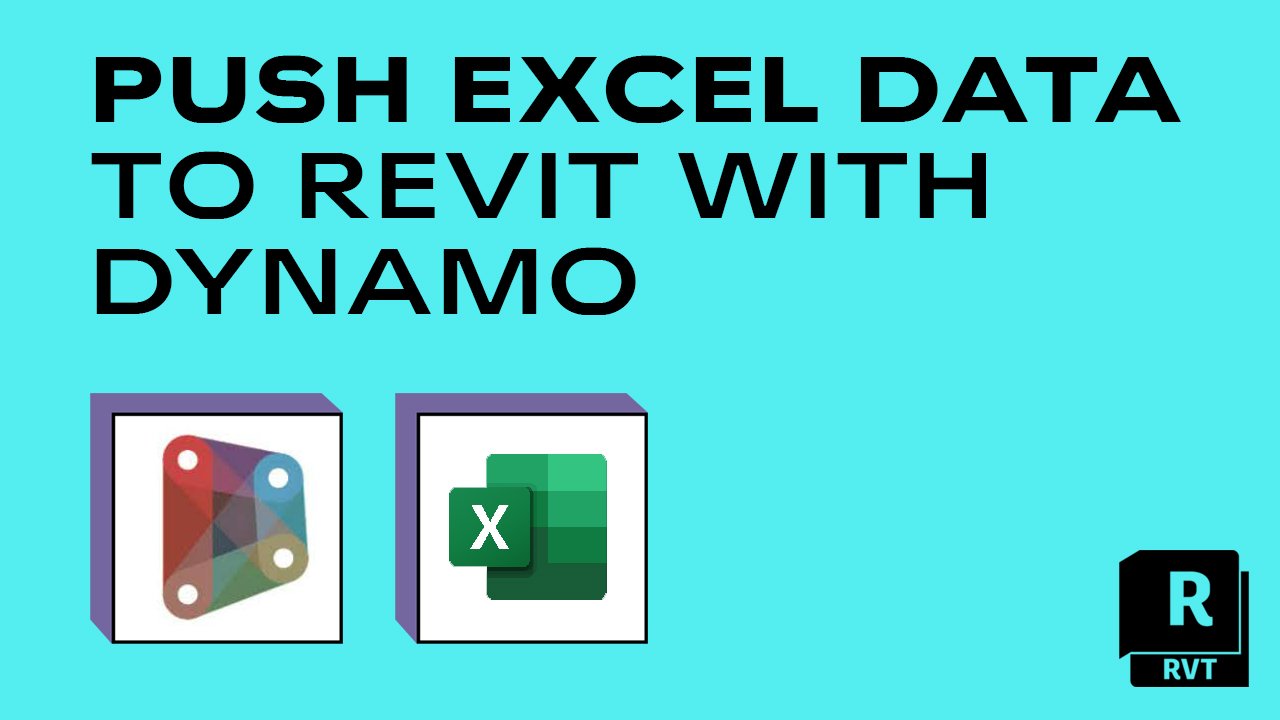Enhance Your Process with Powerful Revit Add Ins
Wiki Article
Revit Accelerator: Excel Combination Approaches for Boosting Productivity and Cooperation
Are you wanting to increase your performance and cooperation while using Revit? Look no more! In this post, we will certainly check out the advantages of integrating Excel into your Revit operations. Discover exactly how you can simplify your procedures, maximize cooperation, and also discover advanced methods for boosting performance. Plus, we will share ideal techniques for seamlessly integrating Excel into your Revit jobs. Prepare to supercharge your Revit experience with our Revit Accelerator: Excel Assimilation Methods!Advantages of Excel Integration in Revit
The advantages of Excel combination in Revit are various and can considerably enhance productivity and partnership. By seamlessly connecting these two effective tools, you can streamline your operations and save valuable time. With Excel integration, you can quickly import and export data between Revit and Excel, permitting you to utilize the toughness of both programs.
Another advantage of Excel assimilation is the ability to create vibrant schedules and records. By linking your Revit model to an Excel spreadsheet, any type of modifications made in Revit will immediately upgrade in the matching Excel data. This makes it easy to create updated schedules, quantity takeoffs, and other job documentation.
Excel assimilation in Revit also makes it possible for better collaboration amongst group members. With the ability to import and export data, you can easily share details with coworkers who may not have access to Revit. This advertises effective interaction and enables for far better control and decision-making.
Improving Workflows With Revit and Excel
Improving workflows with Revit and Excel can substantially enhance performance and partnership. By integrating the capabilities of Revit and Excel, you can effortlessly move data between the 2 applications, removing the need for hands-on information entry and lowering the risk of mistakes.
Using Revit and Excel together allows you to utilize the strengths of each program - revit tools. You can export data from Revit into Excel, where you can execute complex calculations, develop graphes and graphs, and examine the details in a much more reliable and organized manner. On the various other hand, you can import data from Excel right into Revit, enabling you to swiftly upgrade your versions and documents based upon adjustments made in Excel
The assimilation of Revit and Excel additionally promotes partnership among staff member. By sharing Excel files, you can quickly collaborate and connect on design and construction-related information. This enhances control and makes certain that every person is functioning with the visit their website most updated info.
Making The Most Of Partnership With Excel and Revit
To optimize collaboration with Excel and Revit, you can perfectly share and update design and construction-related information with your team. By integrating Excel with Revit, you can eliminate the need for hands-on data entrance and lower the risk of mistakes. With just a couple of clicks, you can import Excel spread sheets into your Revit design, permitting you to easily access and manipulate the information. This assimilation allows you to team up much more successfully with your team, as everyone can service the very same information in real-time.Among the essential advantages of utilizing Excel in combination with Revit is the capability to update data in both programs at the same time. Any type of adjustments made in Excel will immediately be reflected in Revit, and the other way around. This makes certain that every person is collaborating with one of the most updated info, preventing complication and saving important time.
Additionally, Excel provides powerful tools for analyzing and organizing data, which can considerably enhance your collaboration efforts. You can develop custom-made records and graphes in Excel, aiding you to imagine and interact essential task details properly. browse around these guys When providing data to stakeholders or making notified choices based on project metrics (import excel into revit)., this can be specifically helpful.
Advanced Techniques for Boosting Efficiency in Revit Utilizing Excel
By using innovative strategies in Revit, you can considerably enhance your productivity by leveraging the power of Excel. With Revit's Excel integration attribute, you can link Excel spreadsheets straight to your Revit version, enabling you to easily take care of and upgrade data.
Additionally, you can use Excel macros to automate repetitive jobs in Revit (revit tool). Macros enable you to record a series of activities and play them back with a solitary click, conserving you effort and time. For instance, you can develop a macro to automatically create room routines or upgrade specification worths in mass.
Ideal Practices for Excel Integration in Revit
Using Excel as an information administration device in Revit permits for efficient management and upgrading of data. One of the best methods for Excel integration in Revit is to create a clear and arranged data framework. By following these best methods, you can successfully use Excel as a data management device in Revit and increase your performance and collaboration.Conclusion
In final thought, incorporating Excel with Revit can significantly enhance productivity and collaboration in the design procedure. By leveraging the power of Excel, Revit customers can achieve greater degrees of performance and partnership her latest blog in their tasks.With Excel assimilation, you can easily import and export data in between Revit and Excel, allowing you to utilize the staminas of both programs.
One of the essential benefits of Excel integration is the capability to use Excel formulas and functions within Revit. By linking your Revit version to an Excel spread sheet, any modifications made in Revit will automatically upgrade in the matching Excel file. On the various other hand, you can import data from Excel into Revit, allowing you to promptly upgrade your models and documentation based on changes made in Excel.
With Revit's Excel integration function, you can link Excel spread sheets straight to your Revit version, enabling you to conveniently take care of and update information.
Report this wiki page